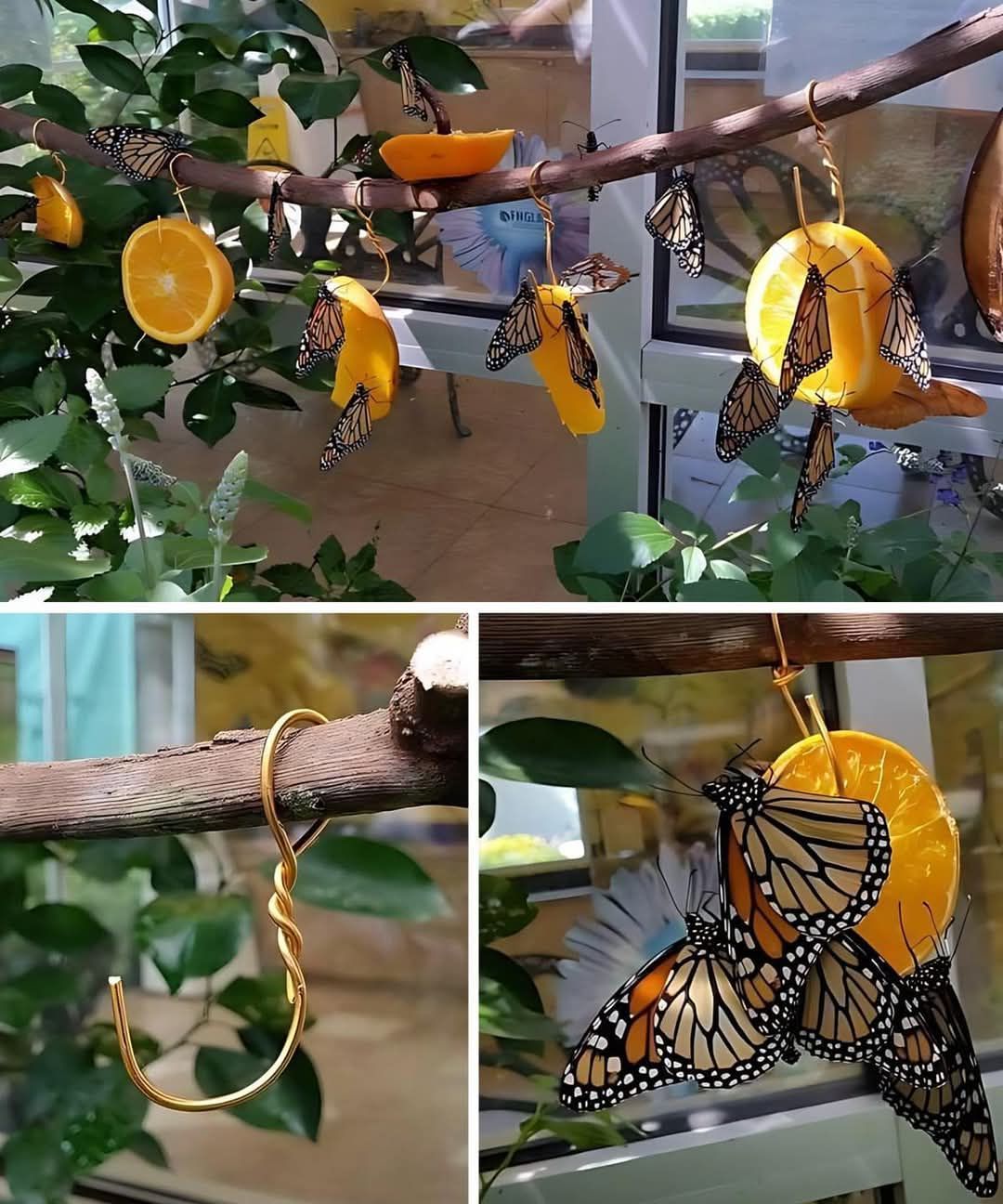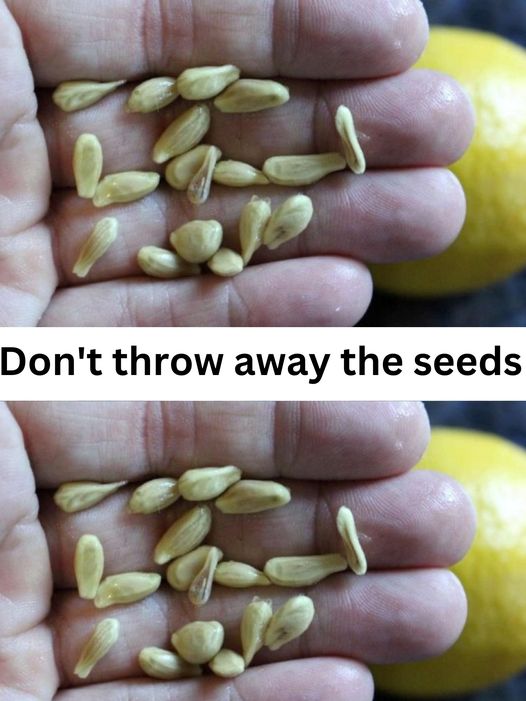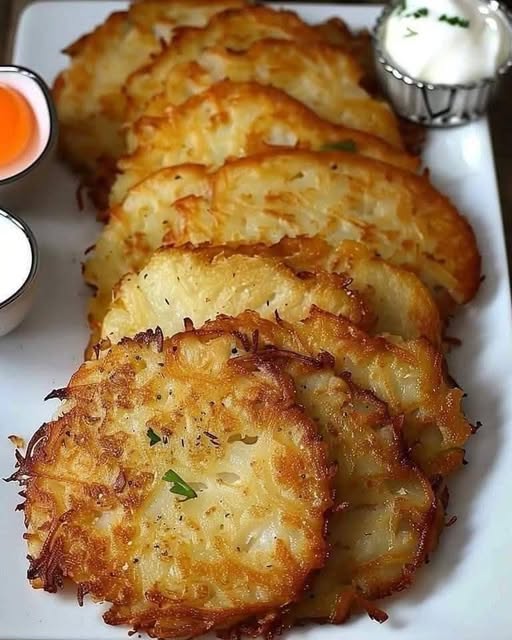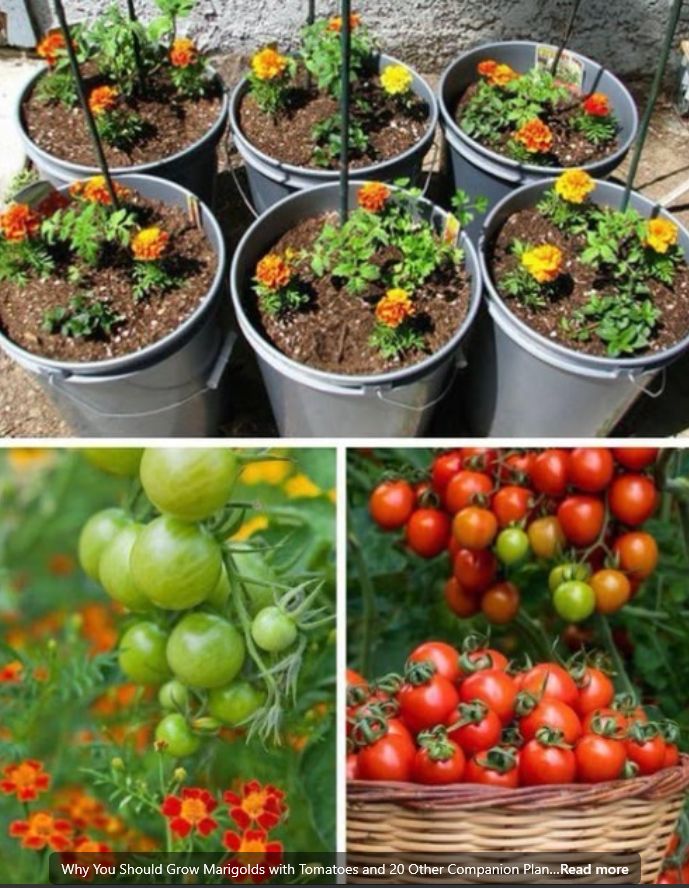Butterflies are not only beautiful creatures that brighten up your garden, but they also play a significant role in maintaining a healthy ecosystem. These delicate insects are important pollinators, and their presence in your garden is a sign of a balanced and thriving environment. If you’re looking for a way to attract butterflies to your outdoor space, a simple DIY fruit feeder can be an effective and enjoyable way to do so. This guide will take you through the process of creating your own butterfly fruit feeder, while also highlighting the many benefits butterflies bring to your garden.
Benefits of Attracting Butterflies to Your Garden
Before diving into the steps of making a butterfly fruit feeder, it’s important to understand the various benefits that these beautiful insects bring to your garden.
1. Pollination
One of the most significant benefits of attracting butterflies is their role in pollination. Butterflies, like bees, are crucial pollinators for many types of plants. As they move from flower to flower to feed on nectar, they inadvertently transfer pollen, helping with the fertilization process and ensuring the continued reproduction of plants. This cross-pollination can lead to better fruit and vegetable yields in your garden, enhancing biodiversity and improving the overall health of your plants. Certain species of plants rely almost entirely on butterflies for pollination, which makes having these insects around even more important.
2. Garden Health
Butterflies can be an excellent indicator of the overall health of your garden. They are highly sensitive to pesticides, pollutants, and environmental changes. If you see a steady presence of butterflies in your garden, it’s a good sign that the environment is healthy and free from harmful chemicals. A garden that attracts butterflies is typically one that is well-balanced, with a diverse array of plants and minimal use of synthetic pesticides. By attracting butterflies, you’re not only making your garden more beautiful but also helping to create a space where nature can flourish naturally.
3. Aesthetic Enhancement
In addition to their ecological benefits, butterflies add beauty to your garden. Their vibrant colors and graceful movements can create a mesmerizing atmosphere, turning an ordinary garden into a lively, dynamic space. Whether you’re relaxing in your backyard or entertaining guests, the sight of butterflies fluttering around adds an element of tranquility and joy. A butterfly-friendly garden offers both aesthetic and functional value, creating a pleasant environment that appeals to the senses.
Materials Needed to Create a Butterfly Fruit Feeder
Creating a butterfly fruit feeder is simple and requires only a few basic materials. Here’s what you’ll need:
- A shallow dish or plate: This will be the base for your fruit feeder. Shallow dishes are ideal because they allow butterflies to land comfortably and feed without difficulty.
- Overripe fruit: Bananas, apples, oranges, and melons work best. Butterflies are naturally drawn to overripe fruit because it’s sweeter and easier to digest.
- Sugar (optional): While the fruit itself provides plenty of sweetness, adding sugar can help mimic the nectar that butterflies naturally consume.
- Water: Used to create a sugar solution or to moisten the sponge to keep the feeder attractive.
- Sponge or cotton balls: These are used to hold the sugar solution in place, making it easier for butterflies to feed.
- String or wire: If you want to hang the feeder, you’ll need string or wire to suspend it from a tree branch or hook.
- A tree branch or hook: For hanging the feeder in a location that’s easy for butterflies to access and near other butterfly-friendly elements.
Step-by-Step Guide to Making a Butterfly Fruit Feeder
Making your own butterfly fruit feeder is easy, and you don’t need a lot of time or special skills. Here’s a simple step-by-step guide to get you started.
Step 1: Prepare the Feeder
Choose a shallow dish that is easy for butterflies to access. You can opt for a small plate or a saucer – anything that is wide and low to the ground. If you’re feeling creative, choose a brightly colored dish, as this can attract butterflies even more. A pop of color often draws them in, making them more likely to visit.
Step 2: Prepare the Fruit
Cut the fruit into slices or chunks that are small enough for butterflies to land on and enjoy. Overripe fruit is ideal because it’s not only sweeter but also softer, making it easier for butterflies to feed. You can use fruits like bananas, apples, oranges, or melons. Slice the fruit into thin pieces, or mash it lightly to expose more surface area. This will allow butterflies to access the juiciest and sweetest parts of the fruit.
Step 3: Enhance with a Sugar Solution (Optional)
To make your feeder even more attractive to butterflies, you can create a simple sugar solution. Mix one part sugar with four parts water, and stir until the sugar is completely dissolved. This sugar solution mimics the nectar that butterflies typically drink. Soak a sponge or cotton balls in the solution and place them in the shallow dish with the fruit. This will provide an additional food source for the butterflies, keeping them coming back for more.
Step 4: Set Up the Feeder
Place the prepared feeder in a sunny, sheltered location in your garden. Butterflies love warm, sunny spots, but they also need protection from strong winds and harsh weather conditions. Position your feeder near flowering plants or a water source to increase the chances of attracting butterflies. If you’d rather hang the feeder, you can attach string or wire to the dish and suspend it from a tree branch or hook. Be sure to secure it so it doesn’t swing or spill, as this could make it difficult for butterflies to feed.
Step 5: Maintain the Feeder
Regular maintenance is key to ensuring that your butterfly fruit feeder continues to attract these beautiful insects. Change the fruit in the feeder every few days to prevent it from rotting and attracting unwanted pests, like ants or bees. Clean the dish frequently to remove any debris or mold that may develop. By keeping the feeder fresh and clean, you’ll ensure that it remains an inviting food source for butterflies.
Tips for Attracting More Butterflies
If you’re looking to attract even more butterflies to your garden, here are a few additional tips to help you create an ideal environment for these amazing insects:
1. Plant Native Flowers
Butterflies are naturally drawn to native plants because they provide nectar and are often the preferred host plants for butterfly larvae. Common butterfly-friendly plants include milkweed, coneflowers, butterfly bush, and zinnias. By planting a variety of native flowers, you’ll create a space that not only attracts butterflies but also supports other pollinators like bees and hummingbirds.
2. Provide Sun and Shelter
Butterflies love warmth and are often found basking in the sun. Provide plenty of sunny spots in your garden, but also make sure there are areas where butterflies can seek shelter from the wind. Shrubs, trees, and tall plants can offer protection and create a comfortable environment for butterflies to rest.
3. Avoid Pesticides
Pesticides and chemical fertilizers can be harmful to butterflies and other beneficial insects. Instead of using chemicals, opt for organic pest control methods, like introducing natural predators or using insecticidal soap. Keeping your garden free from toxic substances will ensure that butterflies and other pollinators can thrive.
4. Add a Water Source
Butterflies need water just like other animals, so including a small birdbath, shallow puddle, or water dish in your garden can help keep them hydrated. Place the water source in a sunny spot and keep the water shallow to make it easy for butterflies to land and drink.
Conclusion
Creating a simple DIY butterfly fruit feeder is a fun and rewarding way to attract these stunning creatures to your garden. Not only will you enjoy the beauty of butterflies fluttering around, but you’ll also be supporting pollination and contributing to the overall health of your garden ecosystem. Butterflies play a vital role in maintaining biodiversity and plant health, and by providing them with a food source, you’re helping them thrive.
A butterfly fruit feeder is easy to make and requires minimal materials, making it an accessible project for gardeners of all skill levels. By incorporating other butterfly-friendly practices into your garden, such as planting native flowers, avoiding pesticides, and providing sun and shelter, you’ll create an environment that encourages these colorful insects to visit regularly. The more butterflies you attract, the more benefits your garden will reap, from enhanced pollination to a more vibrant and lively outdoor space.
So why not try creating your own butterfly fruit feeder today? It’s an enjoyable way to bring nature into your garden while helping to support local wildlife and enhance the beauty of your outdoor space. Whether you’re an experienced gardener or just starting out, this easy DIY project is a great way to make a positive impact on your garden’s ecosystem.





